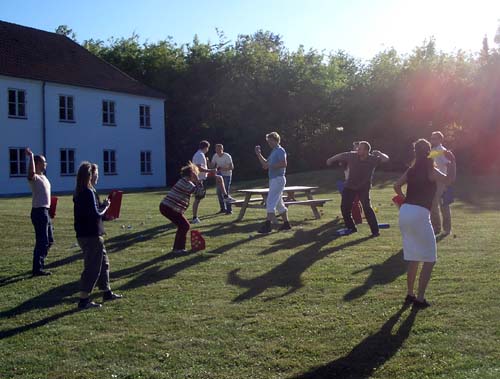From Scott Miller’s Game Matters: The Hollywood Reporter interviews Scott Miller on games and movies.
THR: When you say that of the 5,000-plus TV series and movies produced by Hollywood each year, only two or three have potential in the video game space, do you mean that literally?
Scott Miller: Yes. And often it’s only one — or none. In my opinion, the vast majority of games licensed from movies, TV, novels, and comic books that are aimed at older teens and adults are a waste of time for the games industry to pursue.
Look, movies and TV are storytelling media. And while games can be a storytelling medium, they are really about interactivity and gameplay. What makes a movie or a TV series successful may or may not make for a good interactive experience. For instance, “Gone With the Wind” has a great story, but I can’t think of any sort of gameplay element that would be unique to that story. That’s the hurdle that trips up 95% or more of all mass media licenses; they simply don’t have the hook that makes for unique or compelling gameplay.
THR: Give me an example of a “gameplay hook.”
Miller: Take “Spider-Man,” which makes for a brilliant license almost solely because it’s so perfectly suited for a unique and fun gameplay experience. He’s a character who can do something very unusual — shoot out webs and swing from buildings. And he can climb walls, which puts an entirely new twist on navigating game levels. Other than “Spider-Man,” I can name fewer than a dozen other Hollywood properties that have the genetic material that makes for great games.
It is a games and stories angle – these days I can only reaaally find it interesting if it relates to actual production, lots of good examples, but this interview fits the bill.

